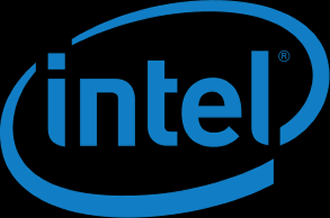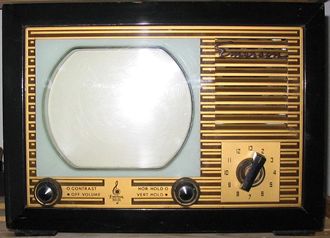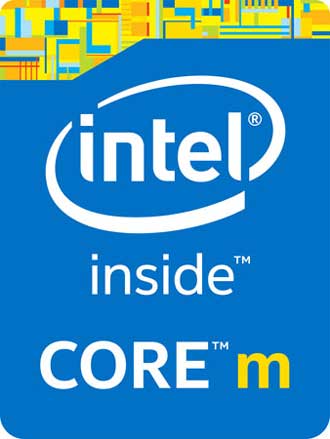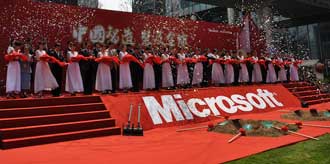 Nvidia and AMD have had their move to 16nm and 20nm designs hampered by the limited capacity of both nodes at manufacturer TSMC.
Nvidia and AMD have had their move to 16nm and 20nm designs hampered by the limited capacity of both nodes at manufacturer TSMC.
According to WCCFTech.com, AMD GPUs are made by TSMC as are Nvidia’s chips. But it looks like all TSMC’s capacity has been sucked up by Apple and Samsung.
This is hard on Nvidia which already had to make the chips in its GTX 980 and 970 cards, using the 28nm process instead of the 20nm it wanted. Nvidia thought it was better to skip 20nm and go straight to 16nm for future designs.
AMD wanted to drop from 28nm to 20nm for its new GPUs but hit the same capacity issue which stuffed up the delivery of AMD’s 20nm R9 300 series graphics cards. We expected these in February and March of this year but now they are at least two months behind.
AMD’s Senior Vice President and Chief Technology Officer Mark Papermaster has warned that there would be 20nm and 28nm products in 2015 but no 14nm or 16nm products until 2016.
And the reason is because Apple’s 16nm A9 chip, which is being made by TSMC has priority and what is left is being taken by Samsung which outsources a lot of work to TSMC.
AMD and Nvidia are stuffed. The only other manufacturer with spare 14nm capacity is Intel and it is not very likely that Intel will sell capacity to its rivals.
What this means then is that the world is not getting cutting edge GPU technology from the two top vendors because Apple has a huge control of TSMC and Intel is Intel.



















